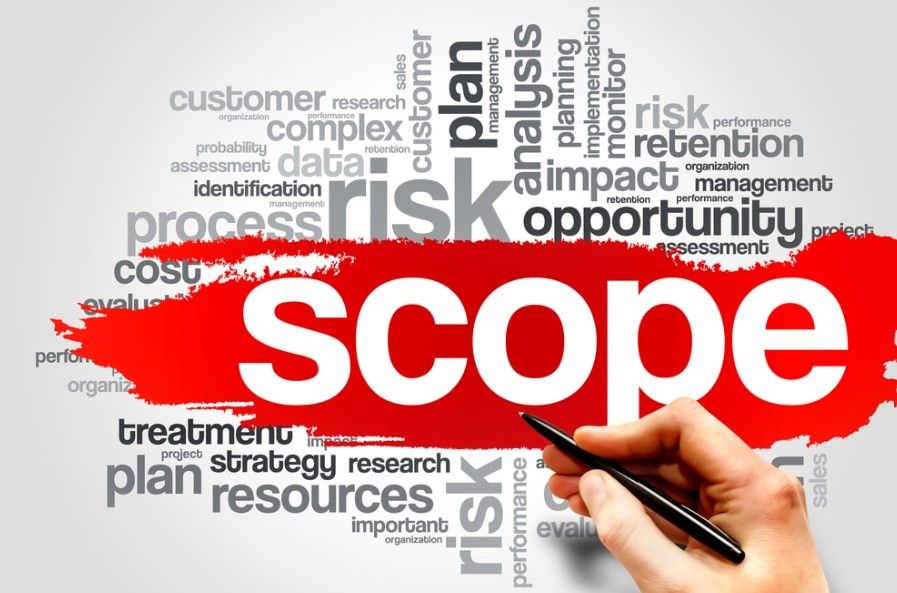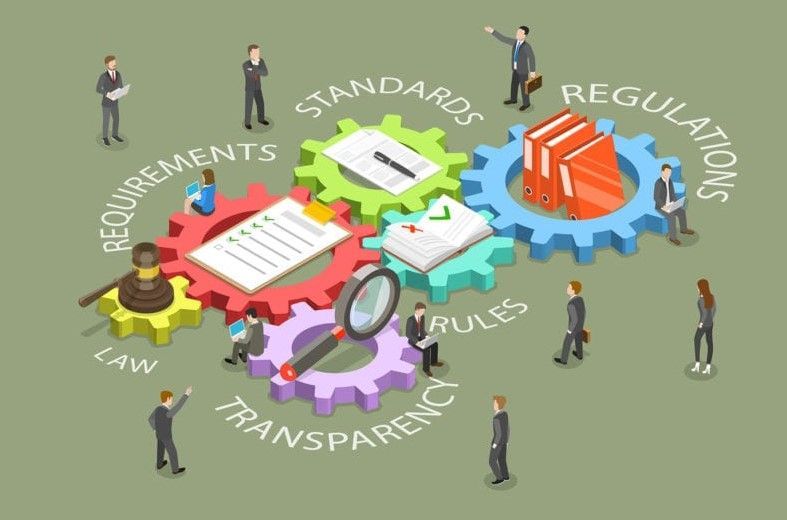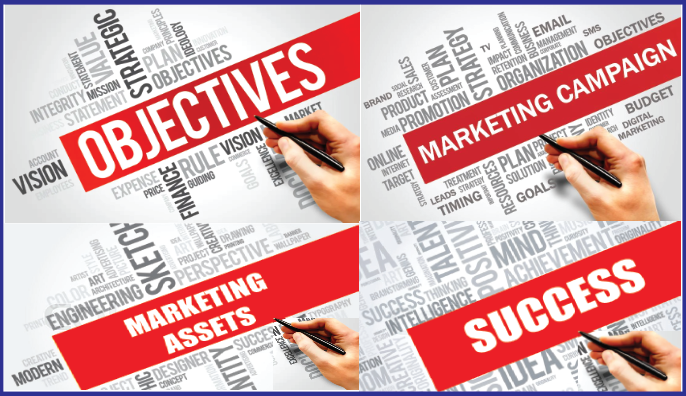The Power of Power in Selling
Do you recognize the “power of power” in selling? The best business developers do, which is one of the reasons they are the best.
Last time we discussed the importance of speed in the sales process. This month we focus on power because the two go hand in hand. Productive use of power makes the sales process much more efficient.
We all know that power shifts between a seller and a prospect in a meeting. But what may not be so clear is how to recognize when the shift happens or how to influence it.
The first thing to understand is that when we talk about power in selling we’re talking more about influence or persuasion than control. Effective consultative selling techniques are powerful because they influence a prospect’s thinking and point of view, not because they back him into a corner.
Here are just three of several key points about power that we believe improve the ability to sell.
Key Point #1: Understand who has the power. At the beginning of a meeting, it’s almost always the buyer, of course, because the buyer decides whether to meet with a seller. But savvy buyers understand that sellers often know more about a specific product or service than they do. Even if a buyer does know a lot about what he’s buying, he recognizes the seller might know about something he doesn’t, maybe an innovation or new use. So to gain insight an experienced buyer may well cede power to the seller early.
This shift usually occurs when the seller asks for permission to ask questions and provides a good reason for the buyer to accept the request: “We have a wide range of potential solutions. Can I ask some questions so we can decide together which, if any, might work for you? I think this will save us both time.”
Once the buyer accepts this offer the seller has the power, and skilled sellers know how to use it. These are the 20 percent of salespeople and business developers in any company or firm who bring in 80 percent of the new business -the top producers. As a seller, you know you want the buyer to do most of the talking, but do you know how to structure the conversation to make that happen in a way that creates maximum value for both parties?
As we suggested, top producers use power not to dominate a meeting but to engage in meaningful discovery that creates value for prospects and themselves during the sales process. In our consultative sales training course FOCIS® we find it takes about three months for participants to develop this ability, and they find that it’s well worth the investment they make. Why? Because it’s one of the most important skills that successful business-to-business salespeople possess.
Key Point #2: Avoid offering solutions until the time is right. Any mention of solutions during the discovery period immediately shifts power back to the buyer. Part of the reason is that discussing solutions too soon increases objections (“We tried that, and it didn’t work”) and ultimately reduces the odds of gaining an advance, let alone a sale, during a meeting.
Here’s a non-business example of how that kind of power shift can occur.
Power for a sales representative in the discovery period is not unlike the power an attorney has in the courtroom during final arguments of a jury trial. During closing remarks, all eyes are on the attorney-the judge, the jury, the accused-are all listening intently. Everyone knows who has the power. Once the jury leaves the courtroom to begin deliberating, however, the attorney’s power disappears. It plummets from 100 percent to zero. The jury now has all of the power. This same shift occurs when salespeople begin to discuss solutions.
Key Point #3: Use visuals to retain power after a meeting. For example, experienced attorneys know that if they have used visuals during a trial they can make their case even in the jury room. Visuals improve retention of important information and concepts, and they are tools advocates of specific positions can use to clarify or drive their points home. The jury might well want visuals present as they deliberate. Visuals and leave-behinds serve the same purpose in selling. Always leave something with a prospect after a meeting. Your prospect will be reminded of the value you provided and can use your visuals to persuade colleagues and superiors.
Top producers capture power during the sales process in other ways, too, and it’s not magic. Highly effective consultative selling techniques can be learned and put into practice by anyone willing to invest the time and effort. Graduates of our FOCIS® consultative selling course often credit our training for significant increases in their professional satisfaction and their incomes.
To learn more about using “the power of power” in selling, just give us a call us at 847-446-0008 or e-mail us at pkrone@productivestrategies.com. We would love to learn more about you and your sales objectives, challenges, and opportunities!
Phil Krone is president of Productive Strategies, Inc., a marketing and management consulting firm specializing in consultative sales training, lead generation and appointment setting, and marketing and marketing communications. Phil can be reached at 847-446-0008 and pkrone@productivestrategies.com.
The post The Power of Power in Selling appeared first on Productive Strategies, Inc..









